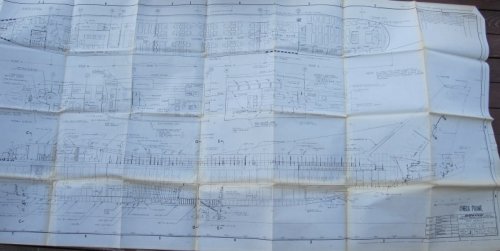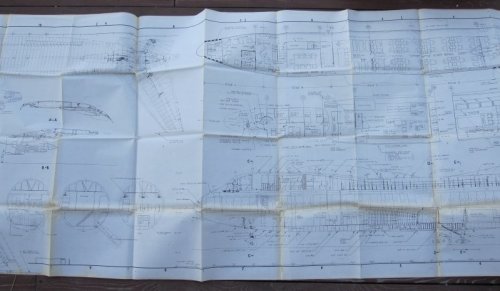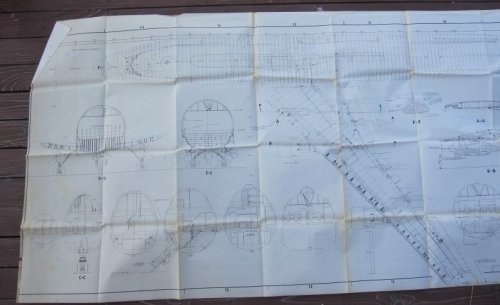Here's a surprising drawing... the 747 AANBNCP (Advanced Airborne National Command Post), later the E-4 in a remarkable level of detail. It does, however, differ in a lot of ways from the final product. Note the two extra engines, making this a design for a six-engined bird.
And no, it's nowhere marked "classified" or "secret" or any such.
And no, it's nowhere marked "classified" or "secret" or any such.



